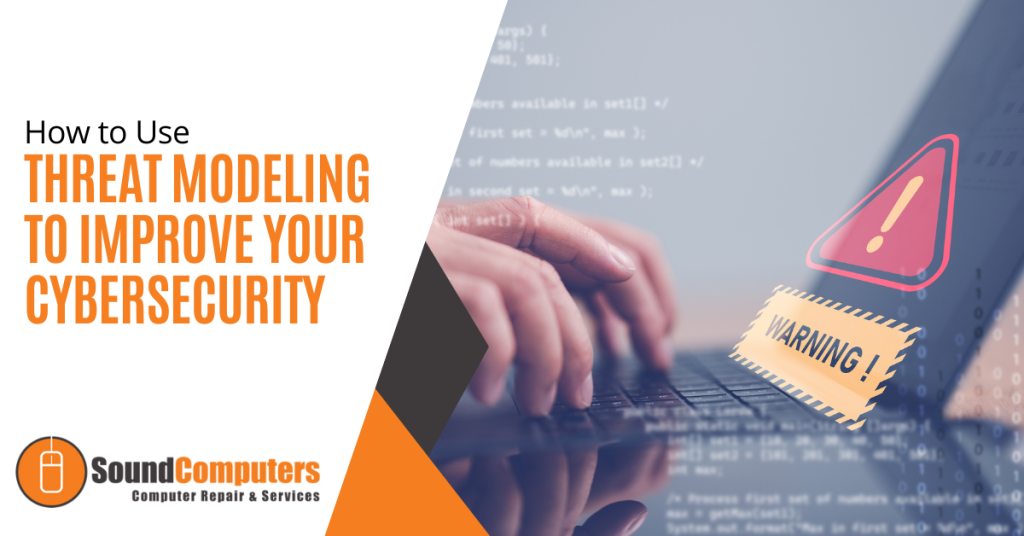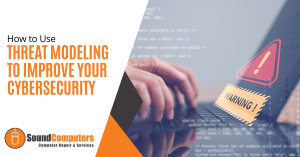
Cybersecurity never loses its importance. This is especially true with the increase in cyberattacks and data breaches. Both big and small companies need to be vigilant about securing their data and preventing any unauthorized access to their systems. One effective way to enhance cybersecurity is by using threat modeling.
Threat modeling is a systematic approach that helps companies identify potential cyber threats and vulnerabilities in their systems or apps. It involves analyzing the architecture, design and functionality of the system to identify potential security risks and then prioritizing them based on their impact and likelihood of occurrence.
Threat modeling helps organizations proactively identify security risks, mitigate them and build more secure systems.
In this article, we will discuss how to use threat modeling to improve cybersecurity.
-
Understand Your System and Identify Critical Assets
The first step in threat modeling is to understand your system and identify critical assets. Critical assets refer to any data, system or application that is essential to your business operations or has a high value. These assets need to be protected against unauthorized access, modification or destruction.
To identify critical assets, you need to understand how your system works, what data it stores and how it interacts with other systems. You can use data flow diagrams, system diagrams and other architectural models to gain a better understanding of your system.
-
Identify Threats and Vulnerabilities
Once you have identified critical assets, the next step is to identify potential threats and vulnerabilities. Threats are any potential attacks or exploits that could compromise the security of your system. Vulnerabilities are weaknesses or flaws in your system that can be exploited by attackers.
To identify threats and vulnerabilities, you can use techniques like:
- brainstorming
- checklists
- attack trees
Brainstorming involves identifying potential threats and vulnerabilities based on your knowledge and experience while checklists are predefined lists of common threats and vulnerabilities that you can use as a starting point. Attack trees are graphical representations of attack scenarios that show the different steps an attacker might take to compromise your system.
-
Assess the Risks and Prioritize Them
After identifying your threats and vulnerabilities, the next step is to assess the risks and prioritize them based on their impact and likelihood of occurrence. Risk assessment involves estimating the likelihood and impact of each threat and vulnerability and then assigning a risk score based on these factors.
To assess the risks, you can use:
- risk matrices
- risk heat maps
- risk scoring models
Risk matrices are graphical representations of risk scores based on the likelihood and impact of each risk. Risk heat maps are similar to risk matrices but use colors to indicate the severity of each risk and risk scoring models are mathematical models that calculate risk scores based on various factors such as likelihood, impact and control effectiveness.
-
Mitigate the Risks
Once you have assessed the risks and prioritized them, the next step is to mitigate them. Risk mitigation involves implementing controls and countermeasures to reduce the likelihood or impact of each risk.
To mitigate the risks, consider using:
- access controls
- encryption
- intrusion detection systems
- firewalls
Access controls are mechanisms that restrict access to sensitive data or systems to authorized users only. Encryption is the process of converting data into a coded form that can only be deciphered by authorized users.
Intrusion detection systems are tools that monitor network traffic for suspicious activity and alert administrators to potential security breaches and firewalls are network security devices that monitor and control incoming and outgoing network traffic.
-
Review and Update Your Threat Model
The final step in threat modeling is to review and update your threat model regularly. Threats and vulnerabilities are constantly evolving so it is essential to keep your threat model up to date to ensure that you are adequately protected.
To review and update your threat model, you should conduct regular security assessments, penetration testing and vulnerability scans. You should also keep updated with the latest security trends and threat intelligence to identify emerging threats and vulnerabilities.
Get Started Today
Threat modeling is an effective way to improve your cybersecurity by identifying potential threats and vulnerabilities, assessing the risks and mitigating them. By using threat modeling, you can build more secure systems and protect your critical assets against unauthorized access, modification or destruction.
If you are interested in improving your cybersecurity and need help with threat modeling or other cybersecurity services, contact Sound Computers. We offer a wide range of cybersecurity services, including threat modeling, penetration testing, vulnerability scanning and security assessments.

